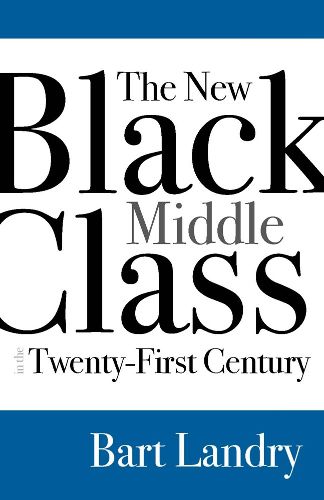Readings Newsletter
Become a Readings Member to make your shopping experience even easier.
Sign in or sign up for free!
You’re not far away from qualifying for FREE standard shipping within Australia
You’ve qualified for FREE standard shipping within Australia
The cart is loading…






Although past research on the African American community has focused primarily on issues of discrimination, segregation, and other forms of deprivation, there has always been some recognition of class diversity within the black population. The New Black Middle Class in the Twenty-First Century is a significant contribution to the continuing study of black middle class life. Sociologist Bart Landry examines the changes that have occurred since the publication of his now-classic The New Black Middle Class in the late 1980s, and conducts a comprehensive examination of black middle class American life in the early decades of the twenty-first century. Landry investigates the educational and occupational attainment, income and wealth, methods of child-rearing, community-building priorities, and residential settlement patterns of this growing yet still-understudied segment of the U.S. population.
$9.00 standard shipping within Australia
FREE standard shipping within Australia for orders over $100.00
Express & International shipping calculated at checkout
Although past research on the African American community has focused primarily on issues of discrimination, segregation, and other forms of deprivation, there has always been some recognition of class diversity within the black population. The New Black Middle Class in the Twenty-First Century is a significant contribution to the continuing study of black middle class life. Sociologist Bart Landry examines the changes that have occurred since the publication of his now-classic The New Black Middle Class in the late 1980s, and conducts a comprehensive examination of black middle class American life in the early decades of the twenty-first century. Landry investigates the educational and occupational attainment, income and wealth, methods of child-rearing, community-building priorities, and residential settlement patterns of this growing yet still-understudied segment of the U.S. population.